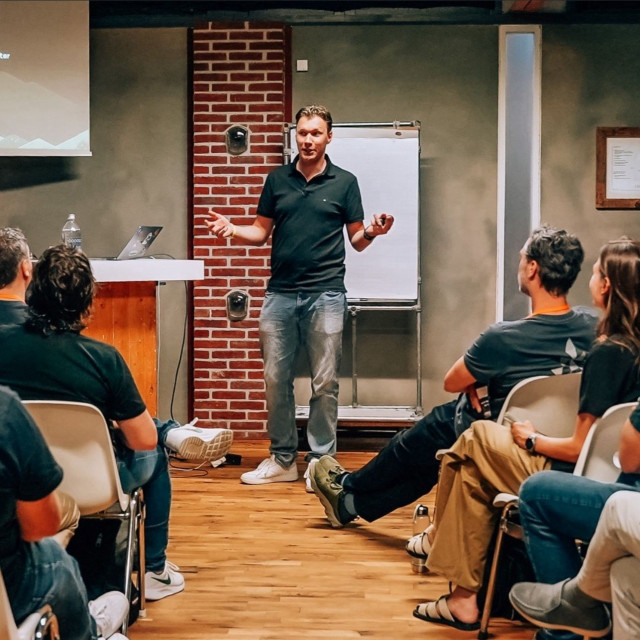AI in Cybersecurity: The chess game that begins again
For years, cybersecurity resembled a chessboard. Familiar rules and predictable moves. An attacker placed a pawn, the defender moved a rook, sometimes you lost a piece. The game remained clear. Until suddenly a new player joined: artificial intelligence.
And this is no ordinary player. AI thinks ten moves ahead, analyzes millions of variants in seconds, and adapts as the game is ongoing. Both attackers and defenders now have a chess grandmaster on their side. The question is not whether AI will participate, but how we ensure that it makes us win instead of working against us.
AI as a shield: opportunities for defenders
For operational security teams, AI offers unprecedented opportunities. It is as if your city no longer has one watchtower, but really thousands of eyes and ears that are alert 24/7.
-
Detection: AI learns normal traffic and immediately detects deviations. Think of it as a sniffer dog that smells flawlessly when something is not right.
-
Incident response: Where people are drowning in log files, AI makes connections at lightning speed and paints the bigger picture in seconds.
-
Forecast: AI models recognize patterns that indicate ransomware or other threats. The equivalent of a chess player who thinks ten moves ahead.
But let's be clear: AI does not replace humans. The professional in the Cyber Defense Center (CDC) or Security Operations Center (SOC) remains indispensable to interpret context and make the right decisions. AI amplifies, accelerates, and supports.
Managed eXtended Detection and Response
Cybersecurity as next-level protection against all internal and external threats.
AI as a sword: A weapon for attackers
The downside is just as sharp. If defenders get better guards, attackers get better ladders.
-
Phishing 2.0: Where phishing emails used to be full of language errors, AI writes error-free, credible messages in every language and tone.
-
Malware development: AI generates, mutates, and hides code to make detection more difficult. It is like a chameleon that keeps changing color.
-
Deepfakes & social engineering: Realistic videos and audio make identity fraud and CEO fraud dangerously believable.
The threshold to carry out an advanced attack has been drastically lowered. Where once a team of specialists was needed, an individual can now make a big impact with AI.

Watch live
What does this mean for your organization?
Whether you are a hospital or an international company: the impact is the same. Your digital city walls are under pressure, and you have both stronger gatekeepers and smarter opponents.
That is why four elements are crucial:
- Man and machine: Make sure that technology and professionals reinforce each other.
- Awareness and training: Teach employees to recognize AI phishing and deepfakes.
- AI Governance: Establish clear frameworks and guidelines for the use of AI.
- Cooperation in the chain: Share knowledge and experiences with partners and suppliers. Digital security is a team sport.
AI Governance: Taming the untamed horse
AI is like a powerful horse that can take you far ahead. But without tack and rider, it can also run wild. AI Governance is the harness that ensures that this power is used safely and responsibly. That means:
-
Transparency: Why does an AI system give an alarm or not?
-
Risk management: How do we prevent mistakes, bias or abuse?
-
Compliance: How do we comply with the EU AI Act and GDPR or other applicable legislation within your sector?
-
Trust: How do we ensure that customers, patients and employees know that AI is used fairly and ethically?
Finally: light or darkness?
AI is both shield and sword. It can defend and attack. It can bring light or darkness. The challenge for CISOs and IT managers is clear: how do we work together to ensure that our organization keeps the lights on? The key lies in collaboration, knowledge sharing and governance. This is the only way we can use AI as an ally instead of an enemy.